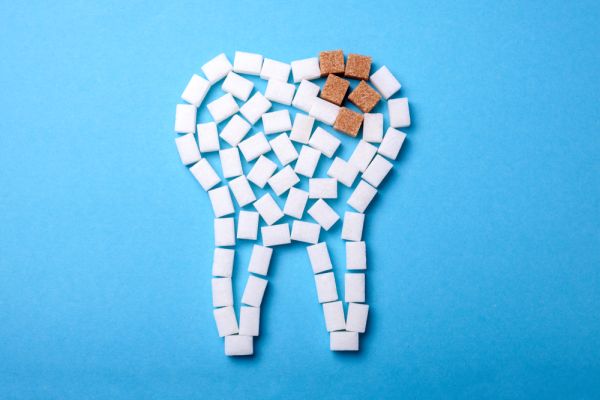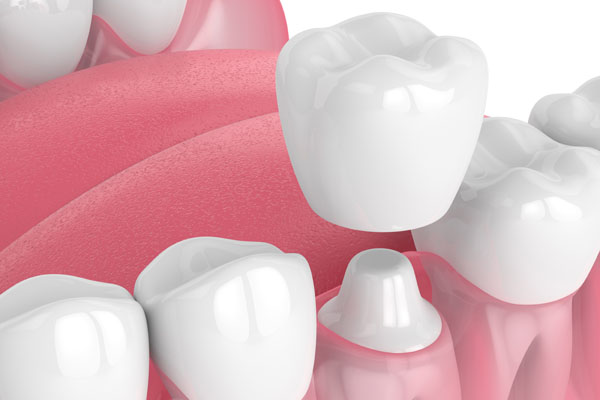Is All-On-4® an Invasive Surgery?

The All-on-4 method is said to be one of the best tooth replacement options that currently exist. Many people who need to have their teeth replaced consider this method because of the results. However, some people have many questions regarding the actual procedure.
Most people want to know whether the All-on-4 method requires invasive surgery. In this article, we discuss just that! Read on to find out what you should know about this procedure.
The All-on-4 method
First and foremost, it is important to understand what exactly this method is.
What is the All-on-4 method? The All-on-4 procedure involves four dental implants. These four implants are placed evenly throughout the upper or lower portion of the jaw. When a person needs an entire arch of their teeth replaced, opting for the All-on-4 method is likely their best bet. After placement of the implants, a dental bridge can be used to permanently replace the actual teeth.
One draw of this method is that the procedure can be completed in one visit and it is not too invasive. Typically, people who need an entire new arch of teeth need multiple implants to replace each tooth. But with the All-on-4 method, only four dental implants are necessary.
Is All-on-4 an invasive surgery?
Yes, but it is minimally invasive. As explained earlier, the need for only four dental implants makes this surgery less invasive than other dental implant placement surgeries. Some people fear a dental implant procedure because surgery is involved, but the procedure is relatively simple and very safe.
The healing time for the All-on-4 method is less than the average dental implant procedure because there are only four implants that have to be placed. Since there are only four incisions made for the implants, the gums and jawbone are both able to heal quicker. There will be discomfort and inflammation, but that is completely normal.
The steps that are involved
Understanding the different steps involved in the All-on-4 method helps one get a better idea of how invasive the procedure actually is.
Stage 1: The four dental implants are placed beneath the jawbone through very small incisions.
Stage 2: Connectors are placed to the four dental implants. These are used to attach to the artificial teeth. They are either dental crowns or bridges, but with the All-on-4 method, bridges are most commonly used.
Stage 3: The bridge or dental crowns are attached to the connectors, thus allowing for full functionality to be achieved yet again.
So, while the All-on-4 procedure may sound like it is an invasive surgery, it is important to remember that it is quite minimal.
Contact us today!
If you have questions about the All-on-4 method or any other dental procedure, then reach out to our office so we can help you further. Our trained professionals can help guide you through the surgery so you feel comfortable. Give us a call or stop by today, we are here to help!
Are you considering the All-on-4 method in the Everett area? Get more information at https://gkdentaloffice.com.
Check out what others are saying about our services on Yelp: Read our Yelp reviews.
Recent Posts
Dental restorations have been used for thousands of years. In fact, a 2012 article published by The New York Times details the discovery of a 6,500-year-old human jawbone. Considered the earliest evidence of dental fillings, it had beeswax in one tooth, which researchers believe was to ease the pain of a crack. These days, restorations…
Crowns are commonly used in dental restorations. A crown is a cap shaped like a tooth but hollow in the middle. It fits over a natural tooth that has to be prepared first. Depending on the issue it is correcting, a crown can be used by itself or as a component of another restoration technique.Teeth…
Regular dental checkups are vital to keeping your teeth and gums healthy. You should visit your family dentist at least once every six months. This includes both adults and children alike. Routine dental appointments are essential for good oral health and they offer many important benefits.Tartar removal is an important step in dental appointments that…
Restorative dentistry refers to any type of dental procedure that a dentist performs to restore a damaged or missing tooth. Dental restorations can encompass several procedures that vary in terms of invasiveness, complexity, and what they can accomplish. However, the overreaching goal of all restorative procedures is to improve the health, function, and appearance of…


